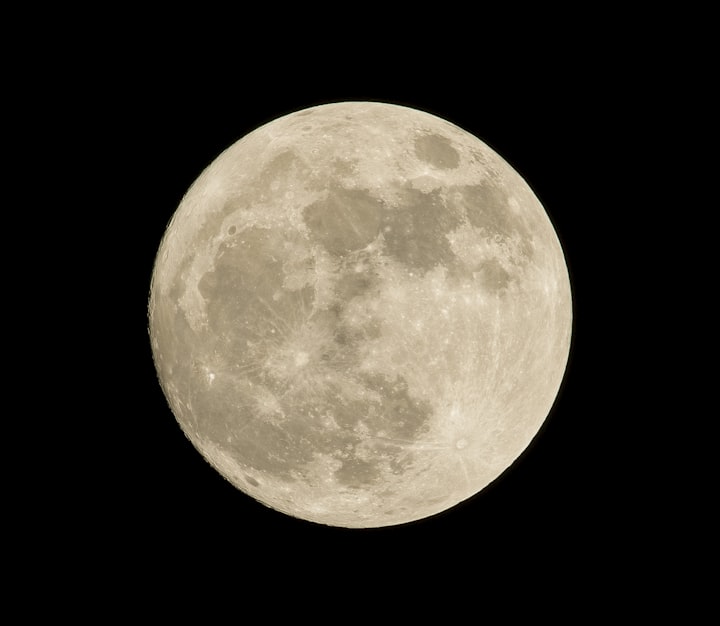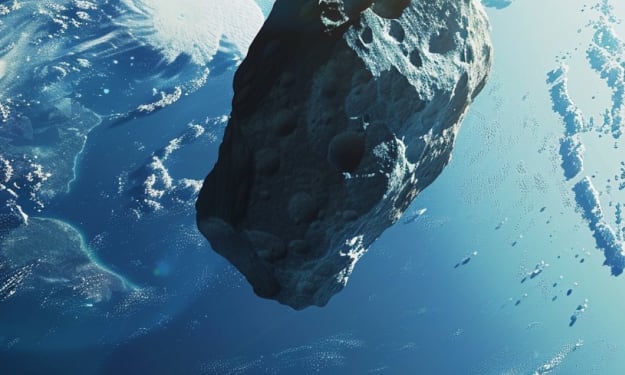
The beautiful shape of the moon
moon !!! When we pronounce this name we feel something ecstatic. This beautiful satellite is displayed in many dimensions as a beautiful butterball that my mother used to feed us at a young age, the theme of the singing poets. This same beautiful satellite has an unpredictable climate and a dangerous rough terrain. Researchers from different countries are launching satellites to find out about this. This is very helpful to research the land of the map automatically (Map of the moon). We are going to look at this in Tamil.
The challenge in the lunar landscape
The most challenging part of this research on the moon is its rugged terrain. The surface of the moon is filled with very deep valleys and high peaks. In addition, the moon experiences extreme temperatures during the day and freezing temperatures at night. This is the biggest challenge in this research.
Landing a rover on its surface to explore the lunar surface is no easy task. Very few countries in the world have done this successfully. You may remember that even Chandrayaan-2 sent by India failed at the last minute. All of this is due to the unpredictable inconsistency of the lunar surface. This map is the result of research by researchers from many countries.
Scientists from the United States Geological Survey (USGS), NASA, and the Lunar Planetary Institute have teamed up to create a separate map of the entire lunar surface for the first time in world history. That is the integrated geographical map of the moon. You can see how he created this in this post.
A milestone in lunar landscape research
Called the Unified Geological Map of the Moon, it serves as a model for future travel plans related to the Moon. Older maps featured only specific parts of the moon. But this map, which is currently being developed, clearly shows all parts of the moon (including the polar regions and the darker areas known as the Far Side).
The new map combines data from six Apollo satellites (data of 6 Apollo satellites) sent to explore the lunar surface from 1968 to 1972 with modern satellite data. It, therefore, provides masterpiece and accurate information on the lunar surface features. This includes topographic data on the moon and important information about the age of different rocks on the surface and their chemical properties.
USGS geologist Cory Fortasso
This is the result of our decades of research. It provides important information for new scientific studies by linking the study of specific parts of the moon to the lunar surface.
The map will also serve as a guide for future space exploration teams and the younger generation interested in science. Up-to-date data needed for this new map comes from ELJAXA's (Japan Aerospace Exploration Agency) SELENE project landscape imaging device (terrain mapping camera) or NASA's Lunar Reconnaissance Orbit Lace Altimeter) is also derived from the instrument.
Accuracy of the map
The new map looks more accurate than ever before. That is, every millimeter of this map represents a distance of 5 km on the Moon (1: 50,00,000 scale). Also on this map, the surface of the moon is characterized by many colors. That is, the layout of the moon is indicated by a color code. The hue of each color indicates the age of the particular rock and its type.
- The yellow area represents Copernican-era rocks that appeared billions of years ago.
- The red and purple hues indicate rocks formed by volcanic eruptions.
Key role in future research
This map gives the viewer a clear understanding of the history of the moon. The new map will also help identify hazards on the lunar surface and identify suitable locations for future space missions to land on the lunar surface.
About the Creator
THIYAKU
I am really pleased to inform you that I would like to publish our valuable manuscript in our following issue.






Comments
There are no comments for this story
Be the first to respond and start the conversation.